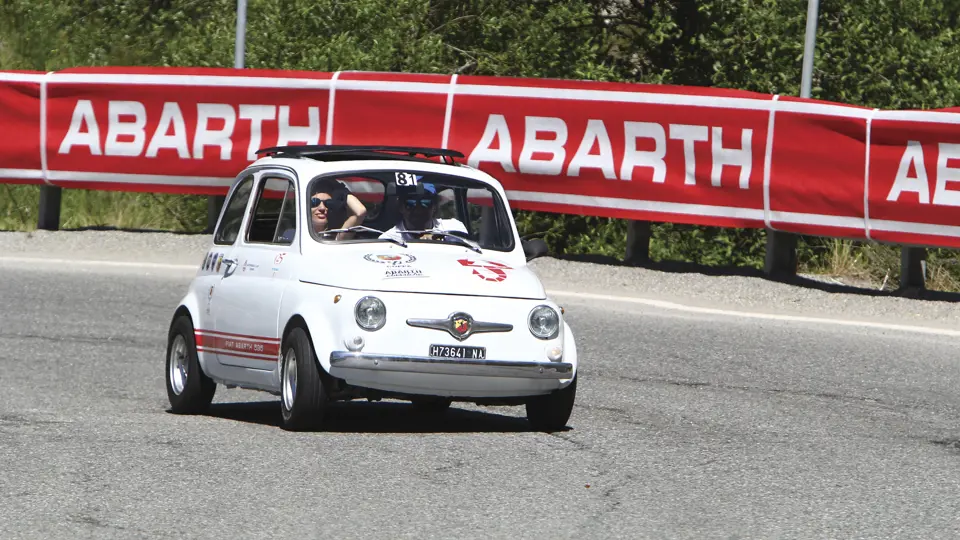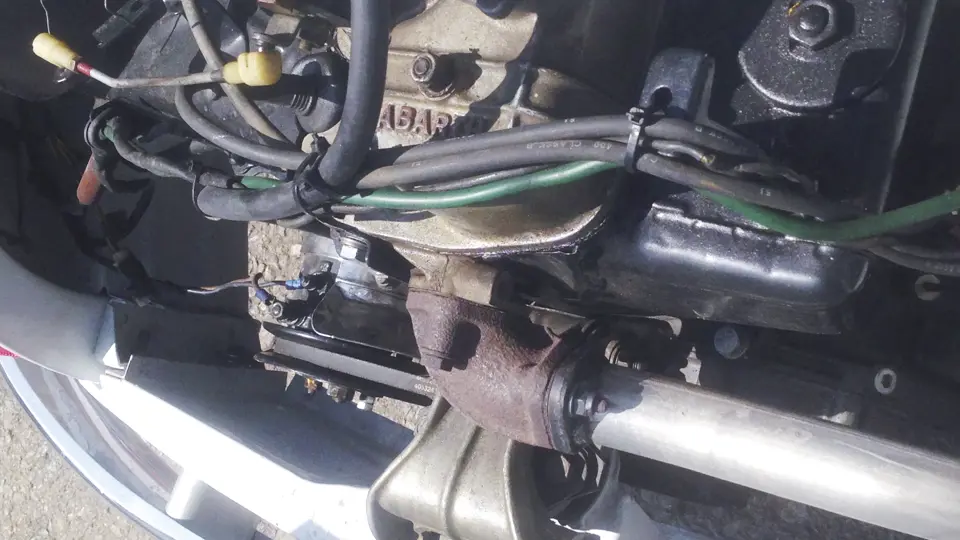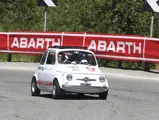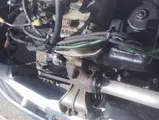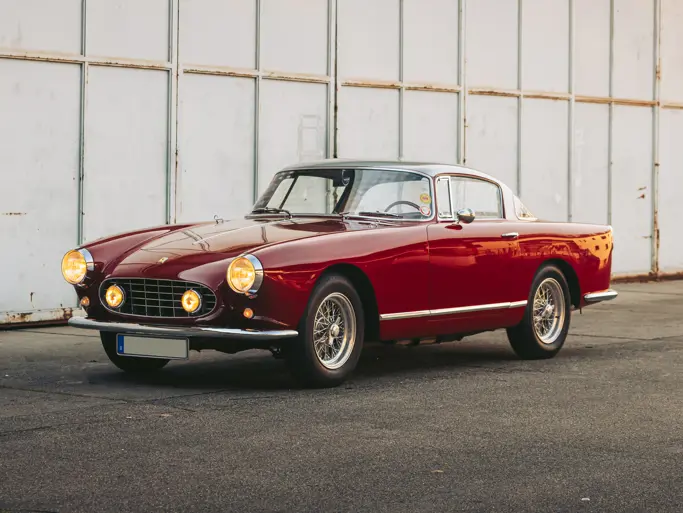34 bhp, 594 cc inline two-cylinder engine with two single-barrel carburettors, four-speed manual transmission, front and rear independent suspension, and four-wheel drum brakes. Wheelbase: 1,839 mm
After leaving Cisitalia in 1948, Austrian-born engineer Carlo Abarth set out on his own in Turin, the home of the Italian auto industry. From producing induction and exhaust systems, Abarth branched out into selling performance kits for production cars (mostly for Fiat), later building a highly successful series of aerodynamically stylish sports prototypes and limited-series production cars. Following a string of collaborations with some of the most famous and respected Italian coachbuilders of the day, Abarth quickly became an established and respected name.
In the summer of 1963, Carlo Abarth was still fired by the determination to make “a sports car within everybody’s means.” He officially presented his amazing 595, a direct variation of the Fiat 500 D. With this little pocket-rocket, Abarth turned evermore towards younger enthusiasts and all their potential as buyers throughout the future. Compared to the original 500, the new 595 cars were externally very similar—the differences lay under the skin.
Abarth’s speciality was his ability to implement the right mechanical upgrades for any given package, and the 595 did not disappoint. A special cylinder casting was used, and the exhaust ports and manifold pipes were polished. New valve springs were fitted, along with a revised camshaft that permitted higher engine speeds and correspondingly greater output. Specially designed pistons were fitted, and the rods and crankshaft were improved. Even the lubrication system was modified, with the adoption of a special gear-driven high-output pump situated at the bottom of the sump. These mechanical improvements transformed the little 500 and resulted in a significant increase in power, from 22 to 30 horsepower, though the biggest gain was in mid-range torque. Abarth’s conversion halved the standard car’s acceleration times and endowed the 595 with a top speed of more than 75 mph. Lowered suspension and wider wheels and tyres helped the hot Fiat stay planted around the corner.
Those still not satisfied could opt for the 595 SS (essesse in Italian), with a whopping 34 brake horsepower on tap and an 80 mph top speed. Externally, the 595 SS differed by model identification badges and black moulded-rubber engine-cover straps in place of the regular Fiat handle. While Abarth’s normal 595 conversion kit cost 505,000 lire, the new 595 SS would set back an enthusiastic buyer 650,000 lire.
There have been countless replicas created since the 595 was introduced, but the Fiat-Abarth 595 SS offered here remains as it was when it left the factory in 1967.
In white with red vinyl interior, this exciting SS may be small in stature, but it is big on pure driving excitement.





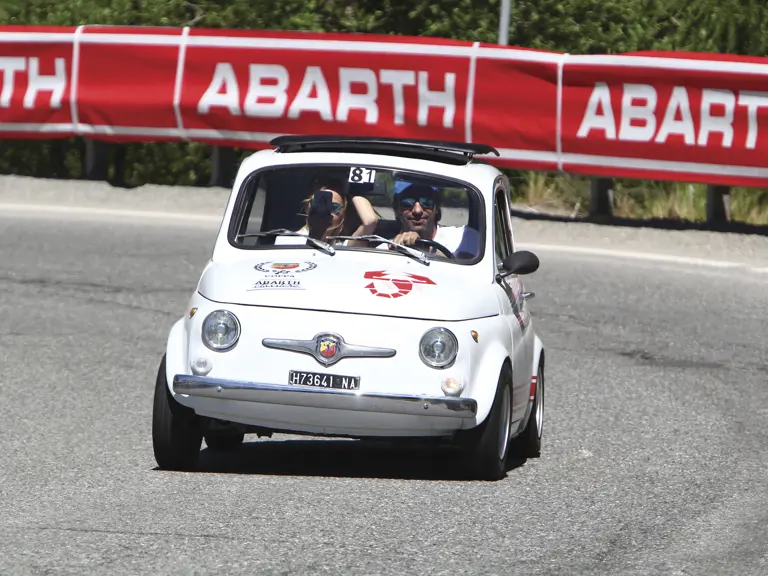
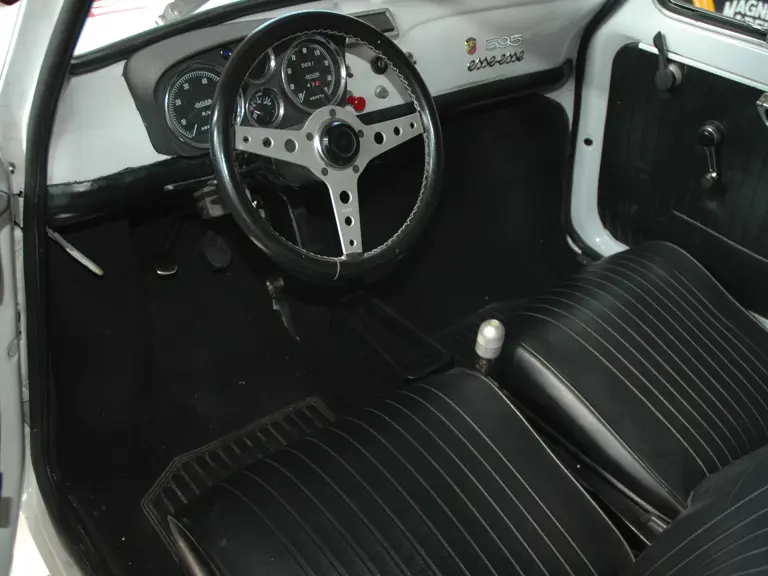
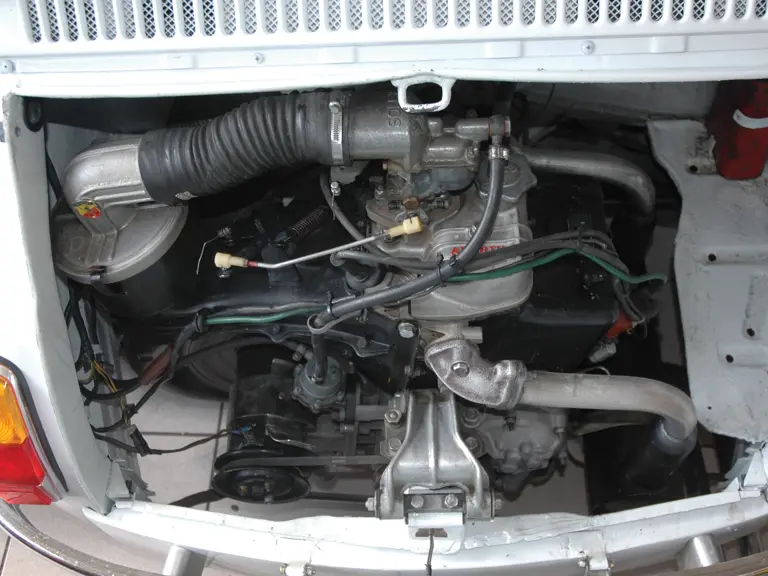
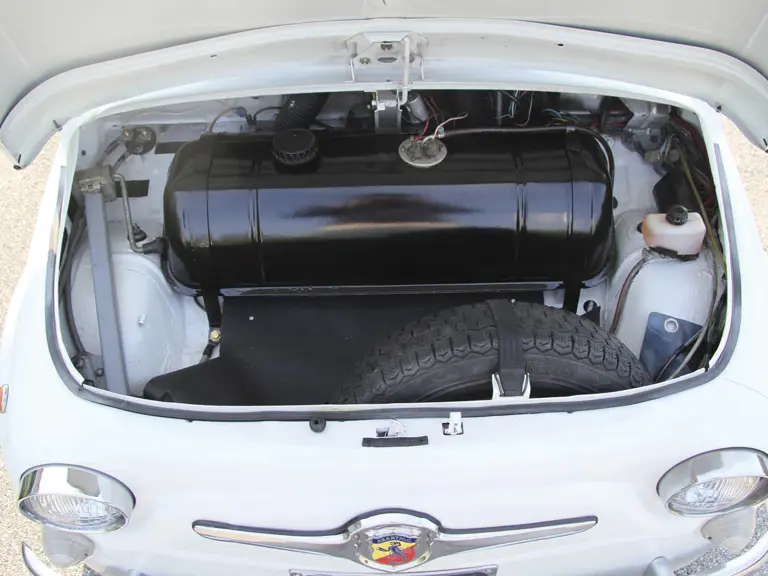
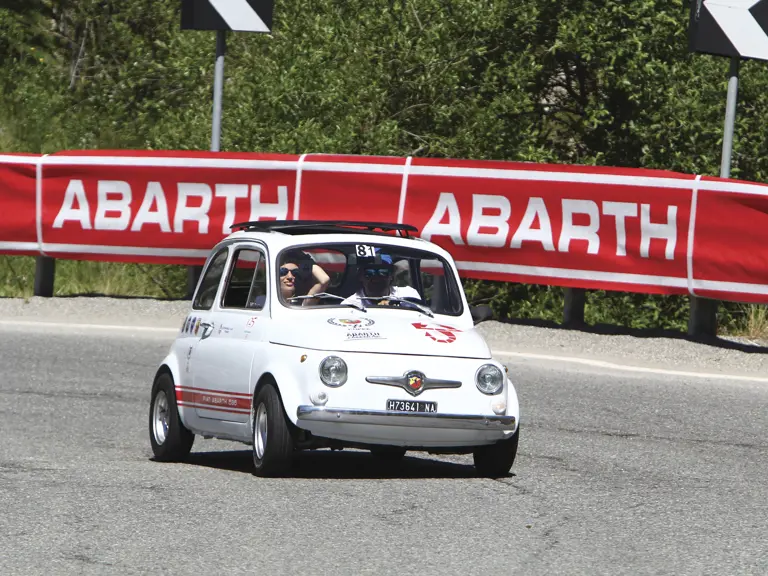
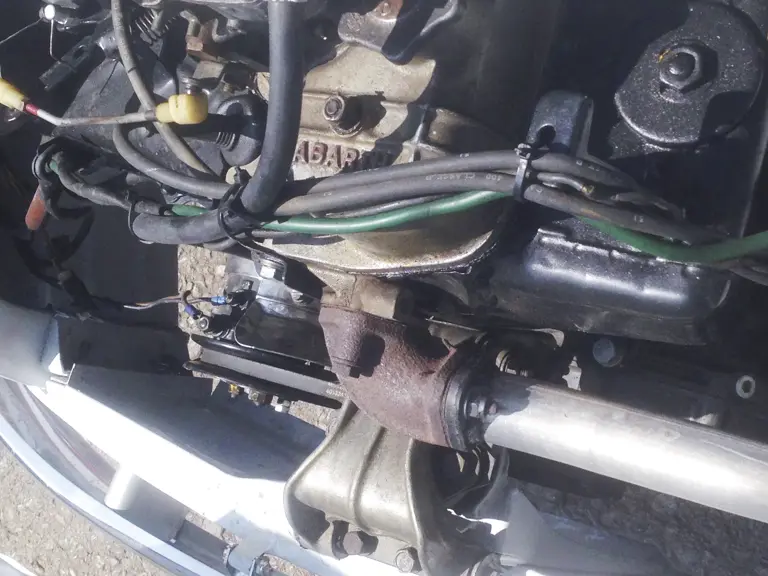
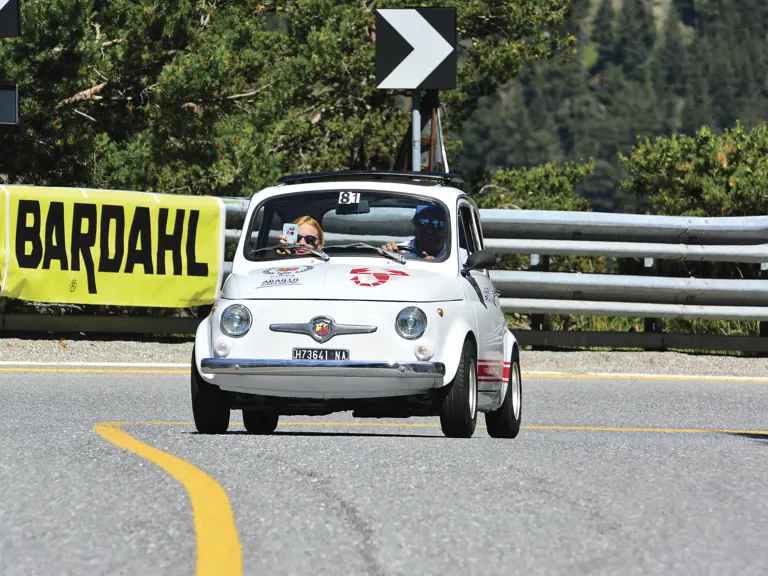
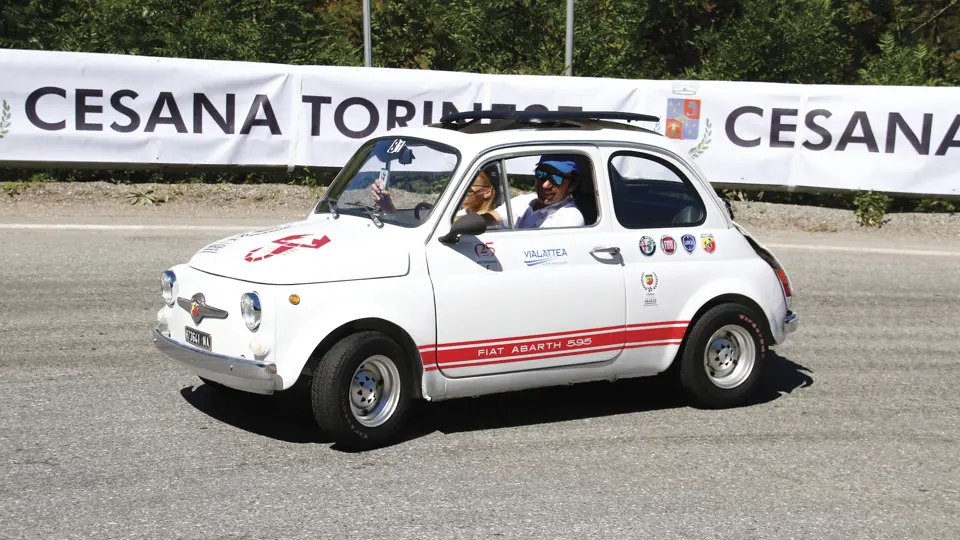
 | London, United Kingdom
| London, United Kingdom

